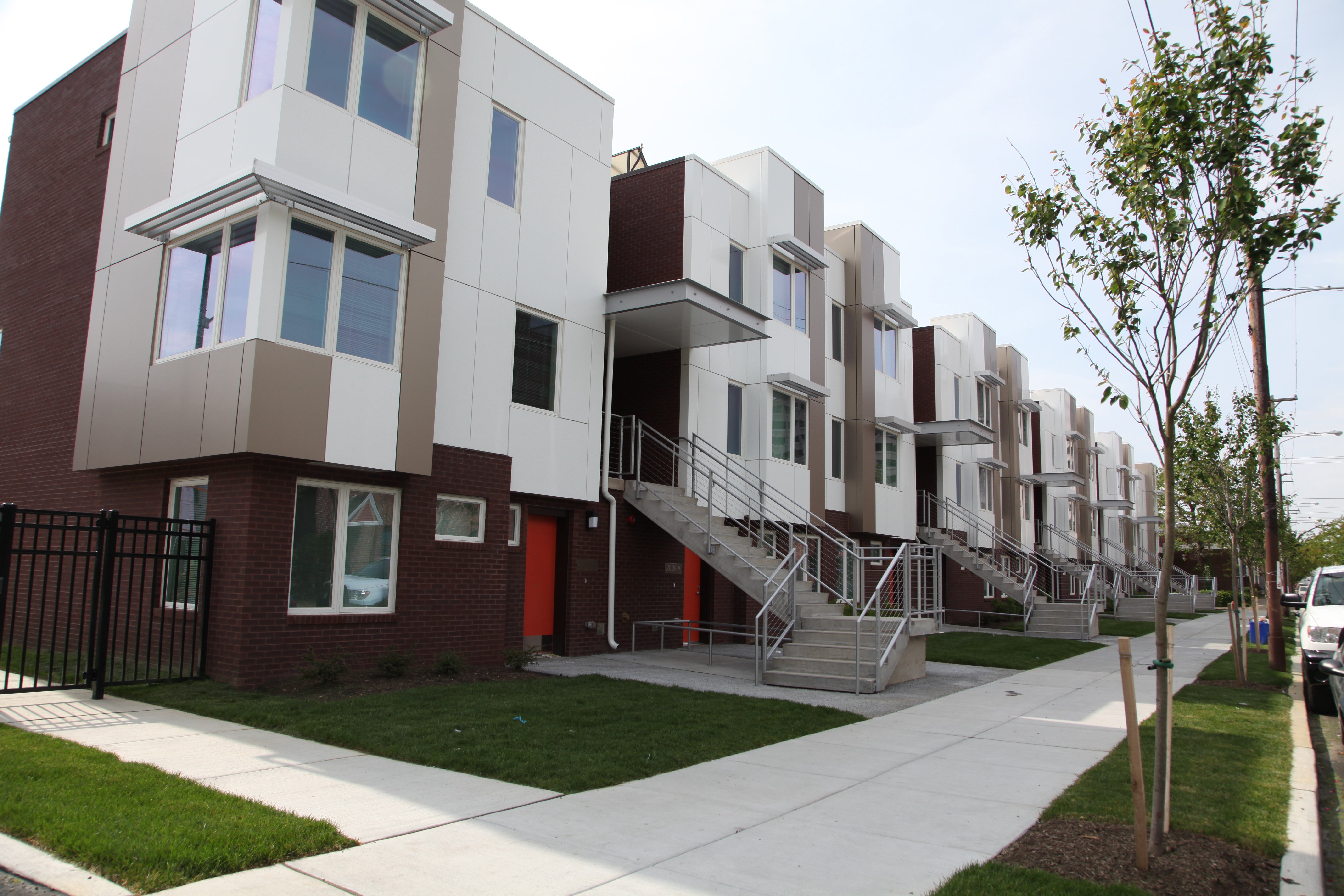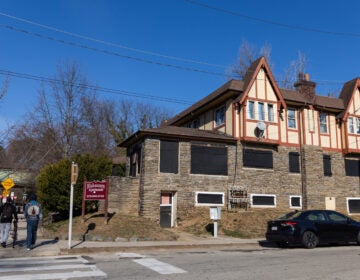How Council plans to create 1,500 new affordable housing units

Council President Darrell Clarke held a press conference Monday afternoon to announce a new plan to construct and rehabilitate 1,500 new affordable housing units in gentrifying areas across the city over the next several years.
The program, prosaically dubbed the 1,500 New Affordable Housing Units Initiative, calls for 1,000 new affordable rental units and 500 units available for ownership.
In terms of policy, the goal of the program is easy to understand: the city wants to preserve housing availability for residents of mixed incomes in areas where property values are rising, while providing new affordable housing for some of the many thousands who are on the Philadelphia Housing Authority waiting list. According to Council’s report, more than 110,000 families are waiting for PHA housing, and only 1,500 units become available each year.
“The affordable housing crisis and growing income inequality are undeniably linked,” Clarke said in a press release. “Right now, Philadelphia has a great opportunity to reverse these negative trends and become a national model for how to strategically deploy public assets in order to promote healthier, more productive communities.”
But how does Clarke plan to accomplish those goals?
The plan to develop the 500 for-sale units is relatively simple. The city would transfer vacant properties that it already owns to private and nonprofit developers at very low fees. It would attach a “restrictive deed covenant” to those properties, which would require that the developer sell them at a price that’s affordable to individuals and families earning between 80 percent and 120 percent of Area Median Income. (Official AMI for the Philadelphia area is around $78,800 for a family of four. Meanwhile, according to Census figures, actual median income within Philadelphia County is just $37,016.)
Council’s plan assumes the mortgages on these houses would be around $200,000. The monthly mortgage payments would represent between 15 percent and 23 percent of the target buyer’s monthly income. A house is considered “affordable” if the resident pays 30 percent or less of his or her monthly income on rent or mortgage payments. The restrictive deed covenant would remain on the property for ten years.
Clarke’s plan for the new rental units is more complex, but in very simple terms, it would require the city to set aside $100,000 for each of the 1,000 new affordable rental units to subsidize their operational costs for the next thirty years. It would be funded by a $100 million bond issue.
In less simple terms, the plan aims to “leverage” an existing, underused federal tax credit for low-income housing. (The following section is paraphrased in part from Herbert Wetzel, the former director of the Redevelopment Authority who now works on Council’s staff, in a phone call with PlanPhilly on Tuesday.)
Currently, two low-income housing tax credits (LIHTC) are available from the federal government, and they are administered by the Pennsylvania Housing Finance Agency. One is a nine-percent tax credit and the other is a four-percent tax credit. In order to qualify for the housing tax credits, developers must build rental projects that meet one of two standards: either 20 percent of the units are affordable for individuals making 50 percent or less of AMI, or 40 percent are affordable for those making 60 percent or less of AMI.
The credits are equal to a percentage of the total development cost of an affordable-housing project.
For example, a developer who’s spending a total of $300,000 to build a project could claim a nine-percent low-income housing credit worth $27,000, or a four-percent credit worth $12,000. Those credits are then sold to a third-party investor, who may subtract the dollar amount ($27,000 or $12,000) from his or her total federal tax liability in each of the next ten years.
So the value of a four-percent tax credit to the investor would actually be $120,000 over ten years. These credits are attractive to investors because they are bought from the developer at something less than the total value: in Wetzel’s example, 90 cents on the dollar, or $108,000 for a $120,000 tax credit. In that way, a four-percent tax credit would actually fund, upfront, 36 percent of the development costs. The developer gets a portion of the financing to build his project, and the investor essentially buys herself some savings on future tax bills.
The nine-percent tax credit, obviously, is more valuable, but it’s also harder to get. Nine-percent credits are given out to the states each year on a per-capita basis. According to Mark Levin of Regional Housing Legal Services, a nonprofit law firm that focuses on affordable-housing policy, the Pennsylvania Housing Finance Agency gets requests for three times as many nine-percent credits as are available every year.
There is no limit on the availability of the four-percent credits, but because they’re less attractive, they’re rarely used. The four-percent credit is also only available to projects that are financed at least fifty-percent by tax-free bonds. Council’s plan would further subsidize rentals built with the four-percent tax credit as a way to get developers to take advantage of it.
The plan assumes a $3,000-a-year rent payment from the new units’ tenants, plus an annual contribution from the Housing Authority of $9,600 per unit. In Council’s math, that would leave a gap of $4,360 per year, which the city would make up through the bond issue. Council assumes a $100,000-per-unit account could cover the 30-year subsidy, at a total cost of $130,800, at a 2 percent interest rate.
Representatives of the Housing Authority did not attend Clarke’s press conference on Monday.
The developments would be targeted in “Opportunity Zones” which contain 50 or more publicly owned parcels. The zones would be designated in gentrifying areas that are subject to increased demand for market-rate housing and, consequently, rising property values.
“I think this is a good idea,” said Mark Levin. “It’s become increasingly hard to make these deals work in Philadelphia, because there isn’t enough soft money to go around. And second, the need is much greater than the nine-percent credits can address, so being able to take advantage of the four-percent credits in this way, I think, is a smart move.”
To grease the wheels even further, the building trades have promised to work on the new units at discounted rates.
WHYY is your source for fact-based, in-depth journalism and information. As a nonprofit organization, we rely on financial support from readers like you. Please give today.





